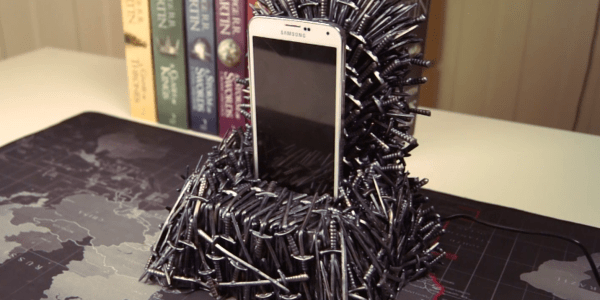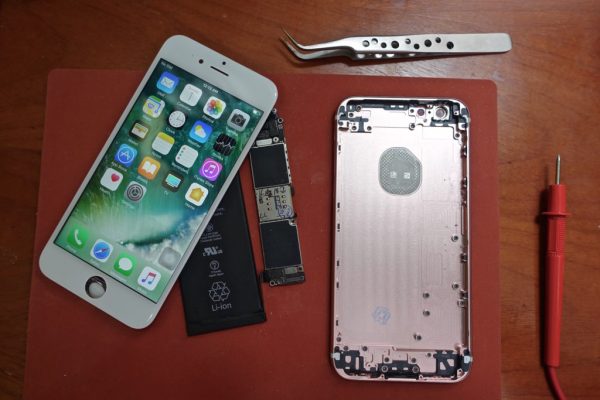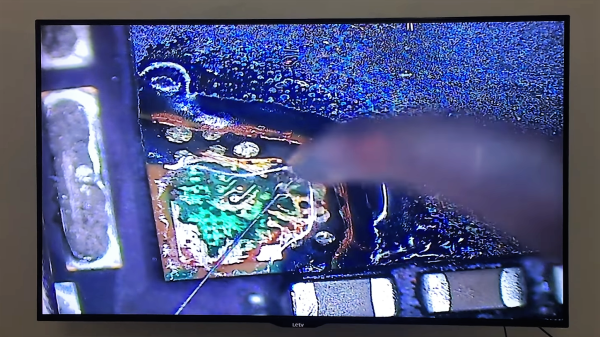The decryption key for Apple’s Secure Enclave Processor (SEP) firmware Posted Online by self-described “ARM64 pornstar” [xerub]. SEP is the security co-processor introduced with the iPhone 5s which is when touch ID was introduced. It’s a black box that we’re not supposed to know anything about but [xerub] has now pulled back the curtain on that.
The secure enclave handles the processing of fingerprint data from the touch ID sensor and determines if it is a match or not while it also enables access for purchases for the user. The SEP is a gatekeeper which prevents the main processor from accessing sensitive data. The processor sends data which can only be read by the SEP which is authenticated by a session key generated from the devices shared key. It also runs on its own OS [SEPOS] which has a kernel, services drivers and apps. The SEP performs secure services for the rest of the SOC and much more which you can learn about from the Demystifying the Secure Enclave Processor talk at Blackhat
[xerub] published the decryption keys here. To decrypt the firmware you can use img4lib and xerub’s SEP firmware split tool to process. These tools make it a piece of cake for security researchers to comb through the firmware looking for vulnerabilities.
















